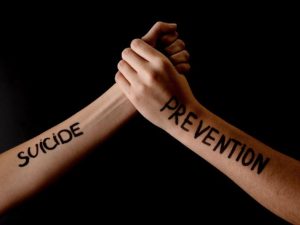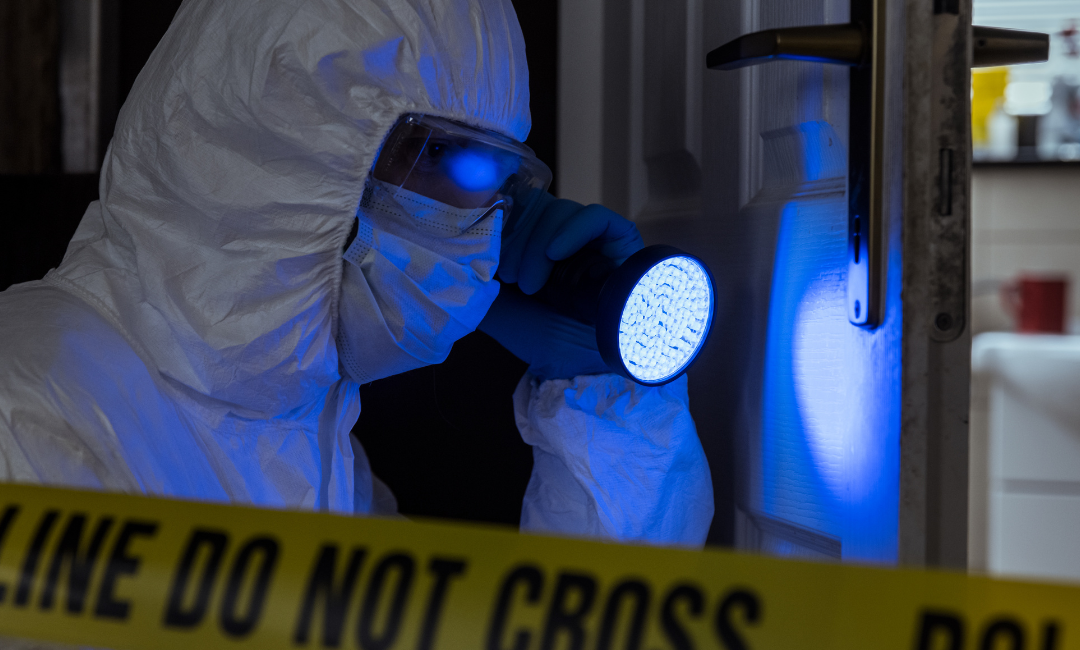Analyzing Current Suicide Screenings
In a 2021 study of more than 2,700 adult patients, the authors mainly focused on the PHQ-9 and the SCS. They aimed to determine whether suicide screenings could be improved to better identify high-risk patients who screen positive on the PHQ-9. After all, many patients seek help before attempting suicide. Another study reports, 30% of patients visited a healthcare provider within one week of dying by suicide, more 50% visited a provider within 30 days of killing themselves, and more than 90% visited a provider within one year of suicide.
The Annals of Family Medicine study chose several U.S. military primary clinics as the setting for their study because military suicides have been on the rise and suicidal individuals who seek help often visit a primary care or family practice clinic. This means that they will likely encounter you, the nurse, and at this vulnerable time, they will need an advocate more than ever.
Therefore, nurses should be aware that a positive screen on item 9 on the PHQ-9 in addition to a positive screen on SCS items 8, 13, or 16 (listed below) should raise a red flag because these are associated with increased probability of suicidal behavior.
- PHQ-9 item 9 question: Over the past two weeks, how often have you been bothered by thoughts that you would be better off dead, or thoughts of hurting yourself in some way?
(On the SCS, patients rate the degree to whether they agree or disagree with the statements.)
- SCS item 8: “It is unbearable when I get this upset.”
- SCS item 13: “I can’t imagine anyone being able to withstand this kind of pain.”
- SCS item 16: “I don’t deserve to live another moment.”
The study concludes that item 9 on the PHQ-9 can be improved by pairing it with one of the above items from the SCS, especially items 8 or 13.







